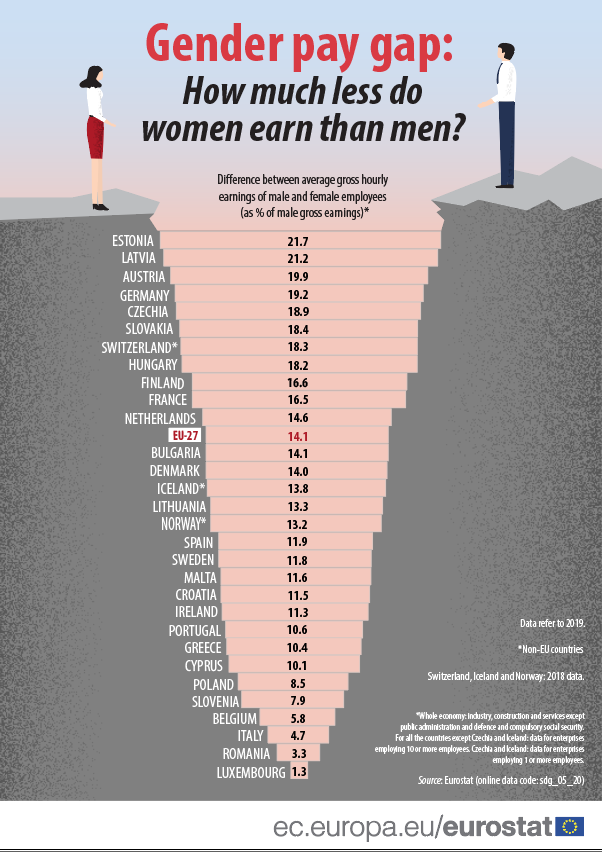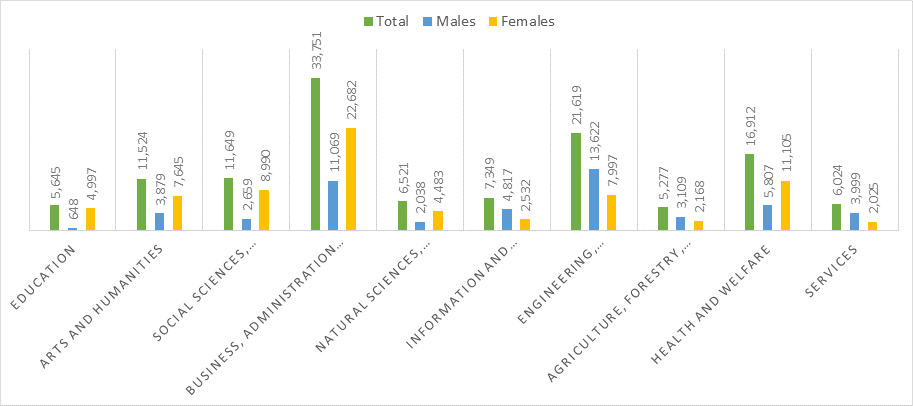Equal pay for equal work: are Romanian companies prepared for this initiative?
This year, at the European Union level, an initiative designed to strengthen the application of the principle of equal pay for equal work or work of equal value between men and women through pay transparency and law enforcement mechanisms was proposed.
This is one of the initiatives that could bring major changes in the labor market, of course, if the Government comes up with correct proposals in all three directions:
- Publication of the salary scale and salary criteria;
- Guaranteeing salary transparency by law;
- Auditing/ monitoring the application of measures.
These three points are completing each other, and not excluding one another, but there will still be difficulties in short-term implementation.
In order to publish the salary scales, it is necessary to define the criteria for setting salaries, and in this regard, there must exist a collaboration between the Government and market experts, who so far have worked only for large corporations, which have understood, over the years, the benefits of salary scales.
Small and medium-sized companies, which have not yet understood the importance of publishing pay scales, will not be part of this initiative without a supplement to the Labor Code with a specific reference to the existence of pay scales for each job and the criteria chosen. Also, in the absence of a regular audit by a third party to verify both its implementation and its correctness, there will certainly be some avoidance from some companies.
In Romania, publishing a job advertisement that also contains the proposed salary is not a common practice because most employers prefer to discuss this detail during the interview, where they can ask the candidate what his/ her salary expectations are. Unfortunately, a lot of time is wasted by omitting this detail from the announcement, although for many years there has been this need that the candidates have, but the employers decide to ignore it.
Romania is very well placed in the EU ranking regarding equal pay for women and men in the same position. The differences identified are among the smallest in Europe (3.3%); it does not mean that these differences do not exist, it just means that they are the smallest.
Source: Eurostat
On the other hand, the data taken from the National Institute of Statistics - INSSE do not guarantee the existence of similarity of the principles for establishing salaries. Why do I say this? I invite you to answer this question: An executive director of a company with a turnover of RON 10 million can have the same salary as another executive director of a company with a turnover of RON 1 million, regardless of their gender?
The answer is: definitely NO, no matter who holds the two positions. In this case, how can companies subsequently assess and address such differentiation in the determination of wages between women and men? They can do it independently, trying to apply some formulas that they found online or they can turn to experts who already have an existing process:
1. Preliminary assessment of these differences;
2. Identifying those measurements that are relevant to each business;
3. Accurate calculation of the identified payment difference.
Based on these things, they can get a detailed report and implement actions to help them eliminate those differentiations specific to their company.
Another question is: Where does this differentiation begin to appear? From the level of studies. The share of female students is higher in the faculties related to education, art, social sciences, administration, natural sciences and health. If we look at the technical faculties, their share is lower. Why is it not attractive for women to work in those fields?
Source: Eurostat


